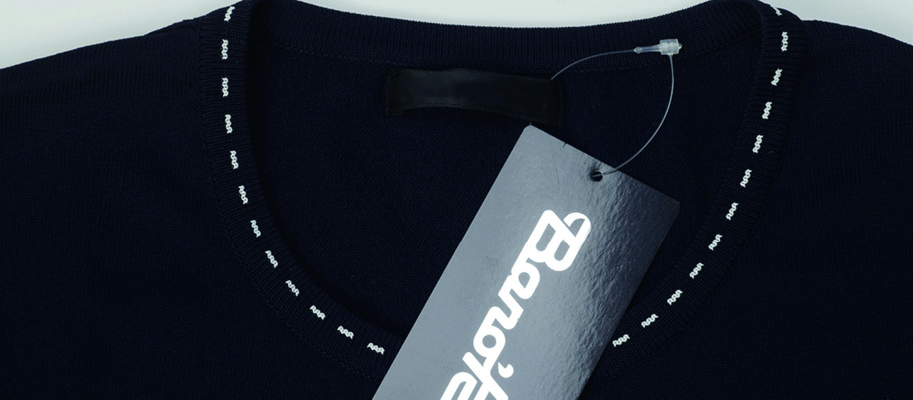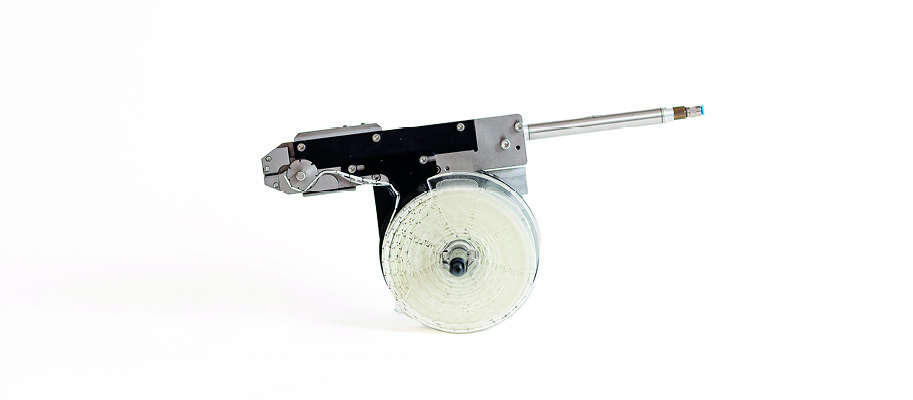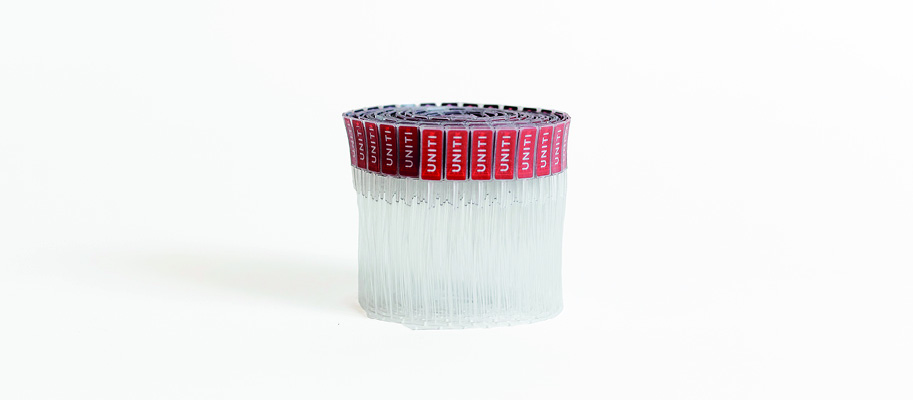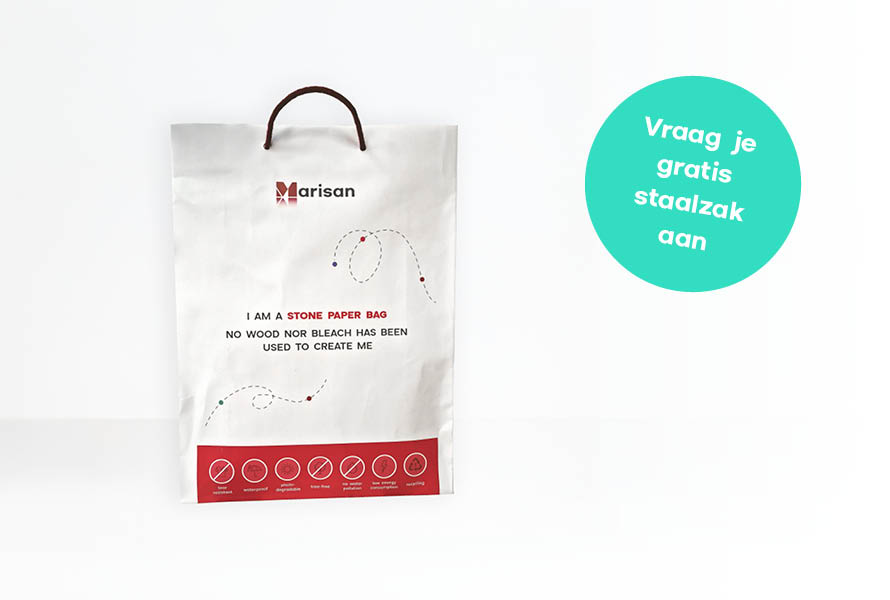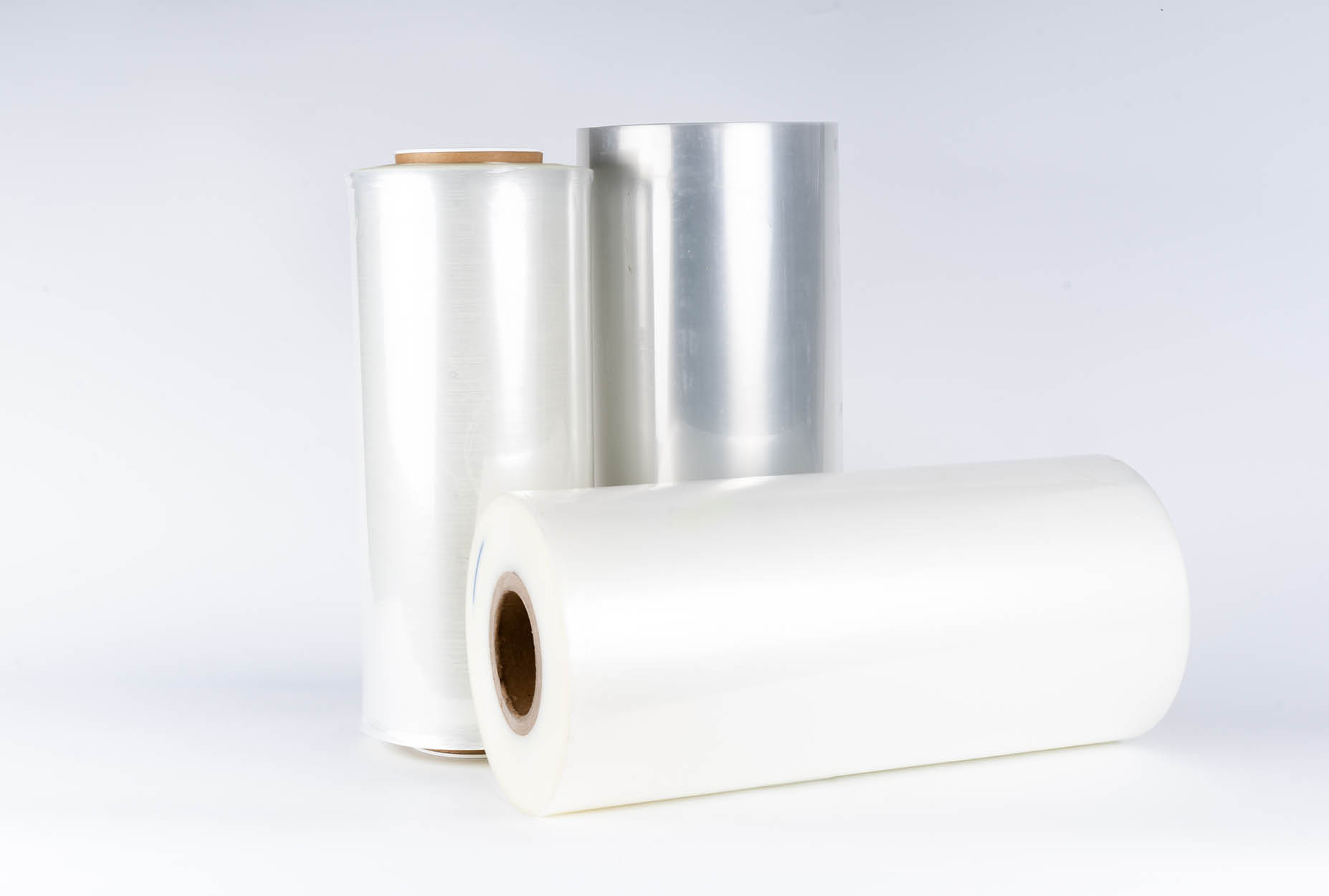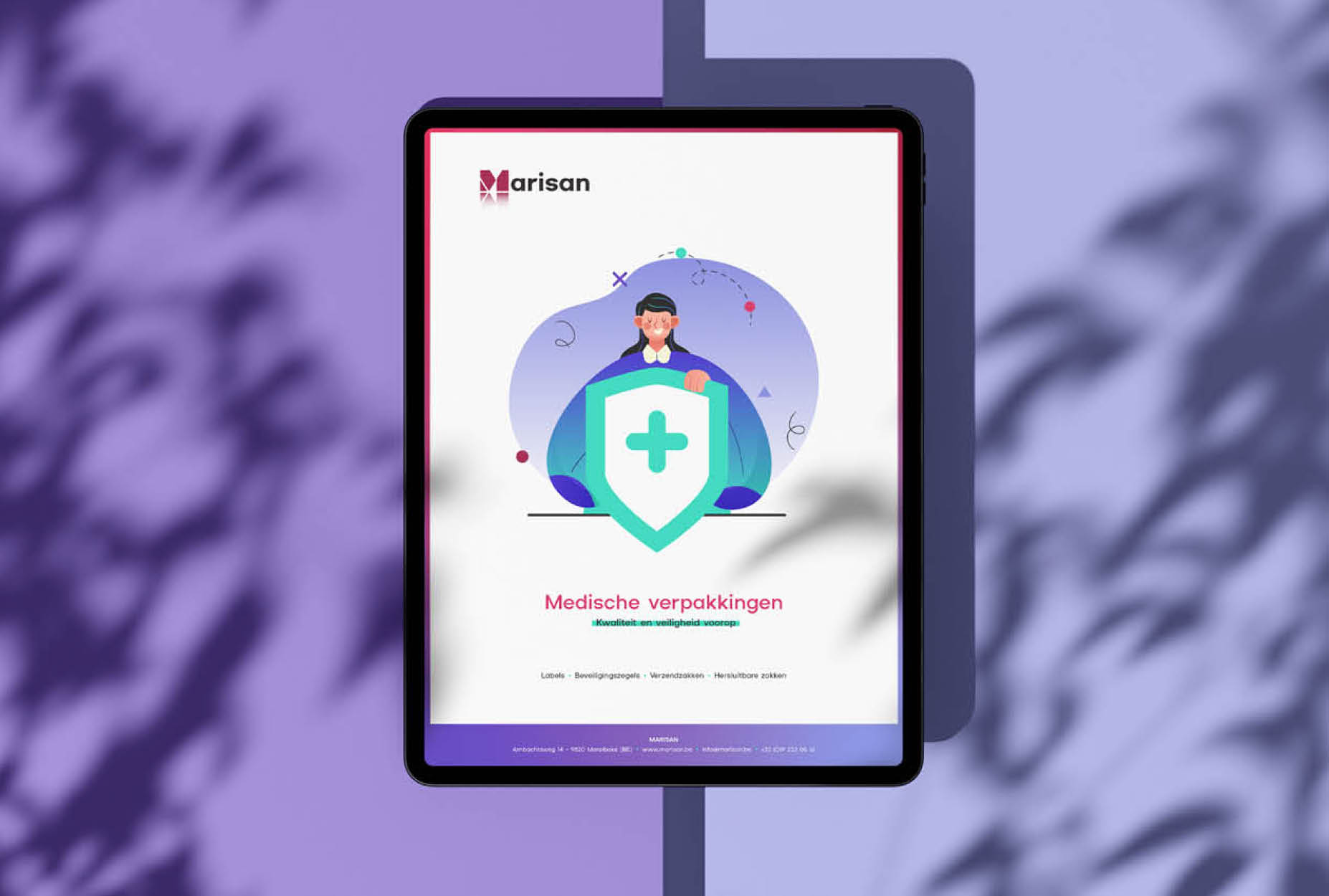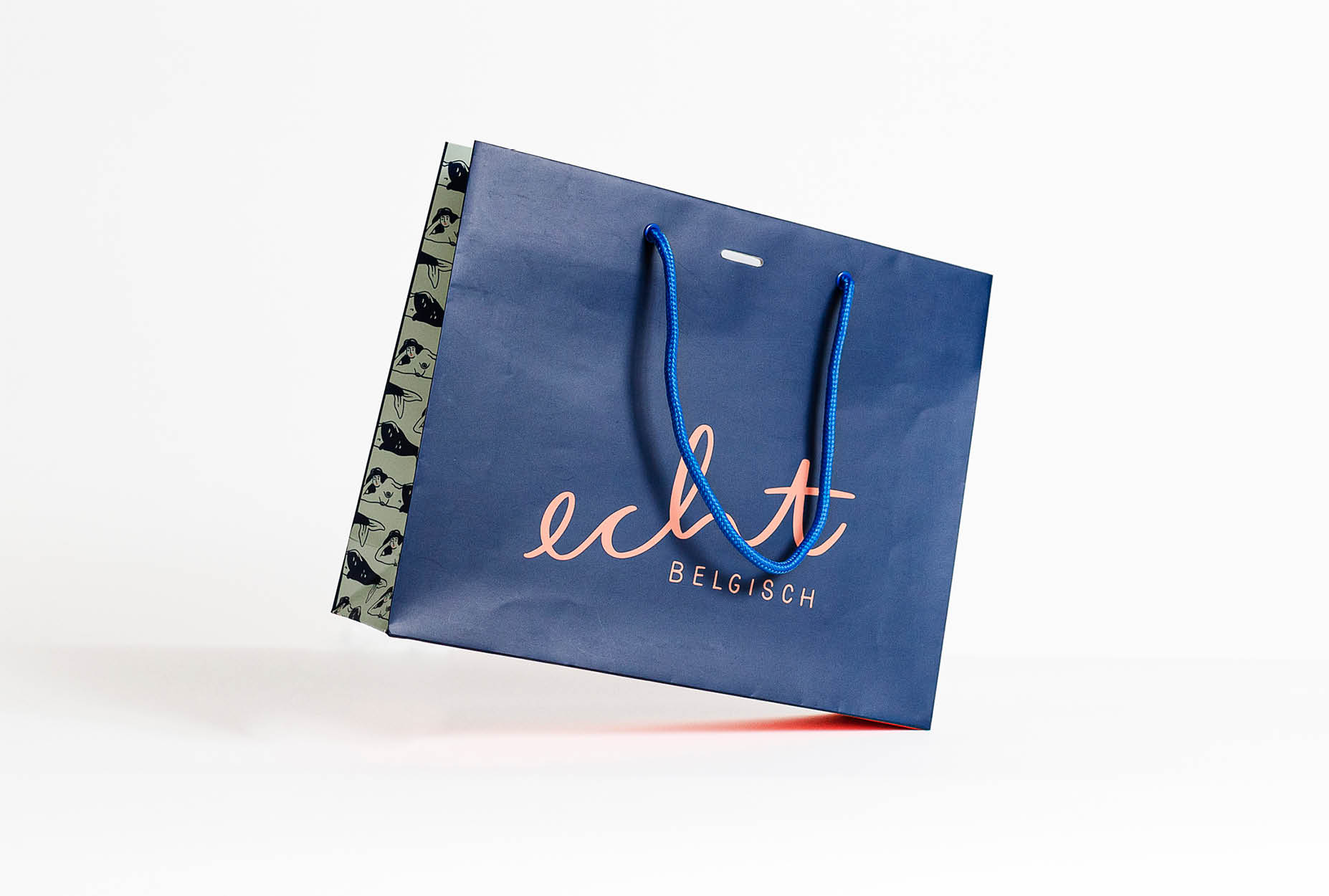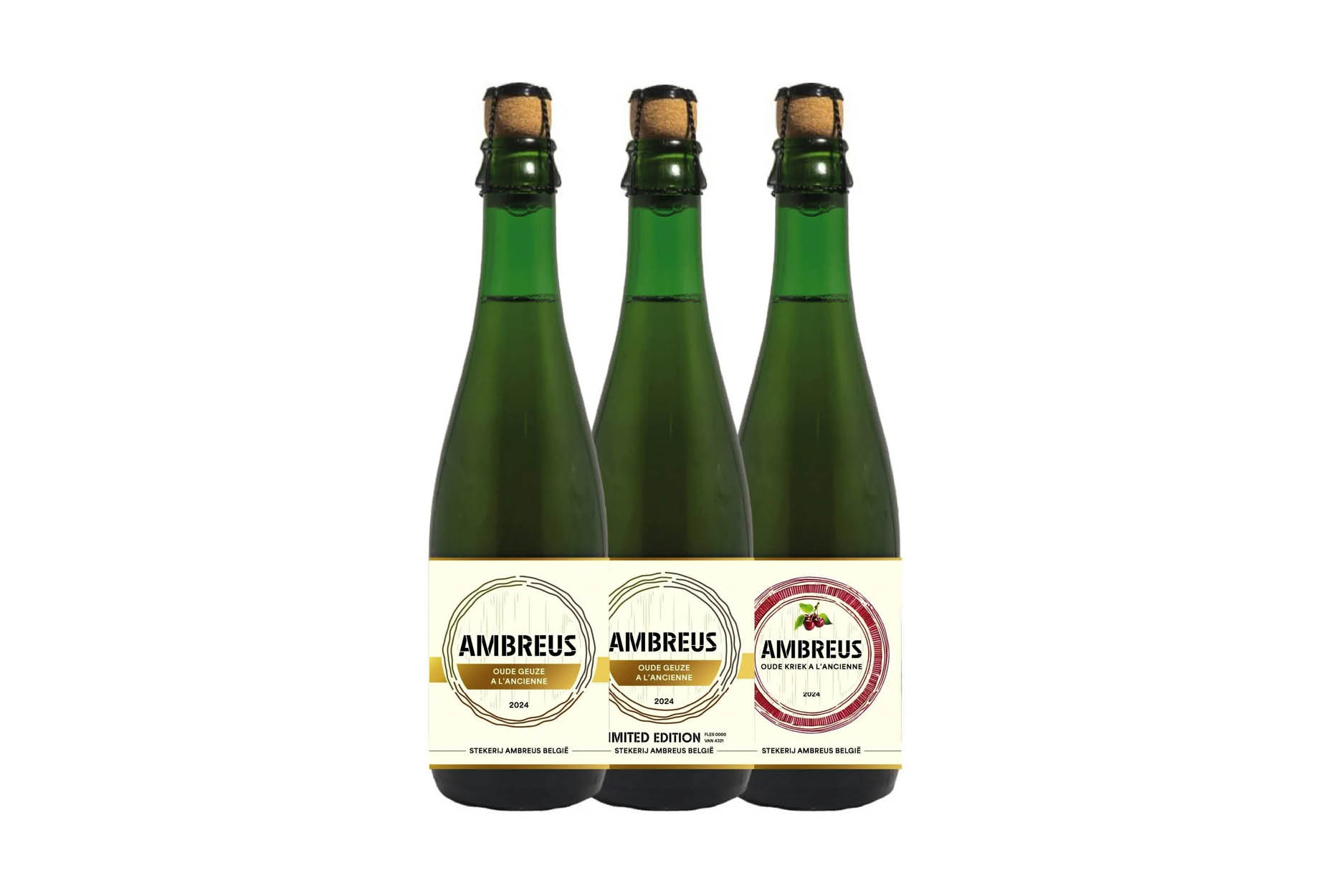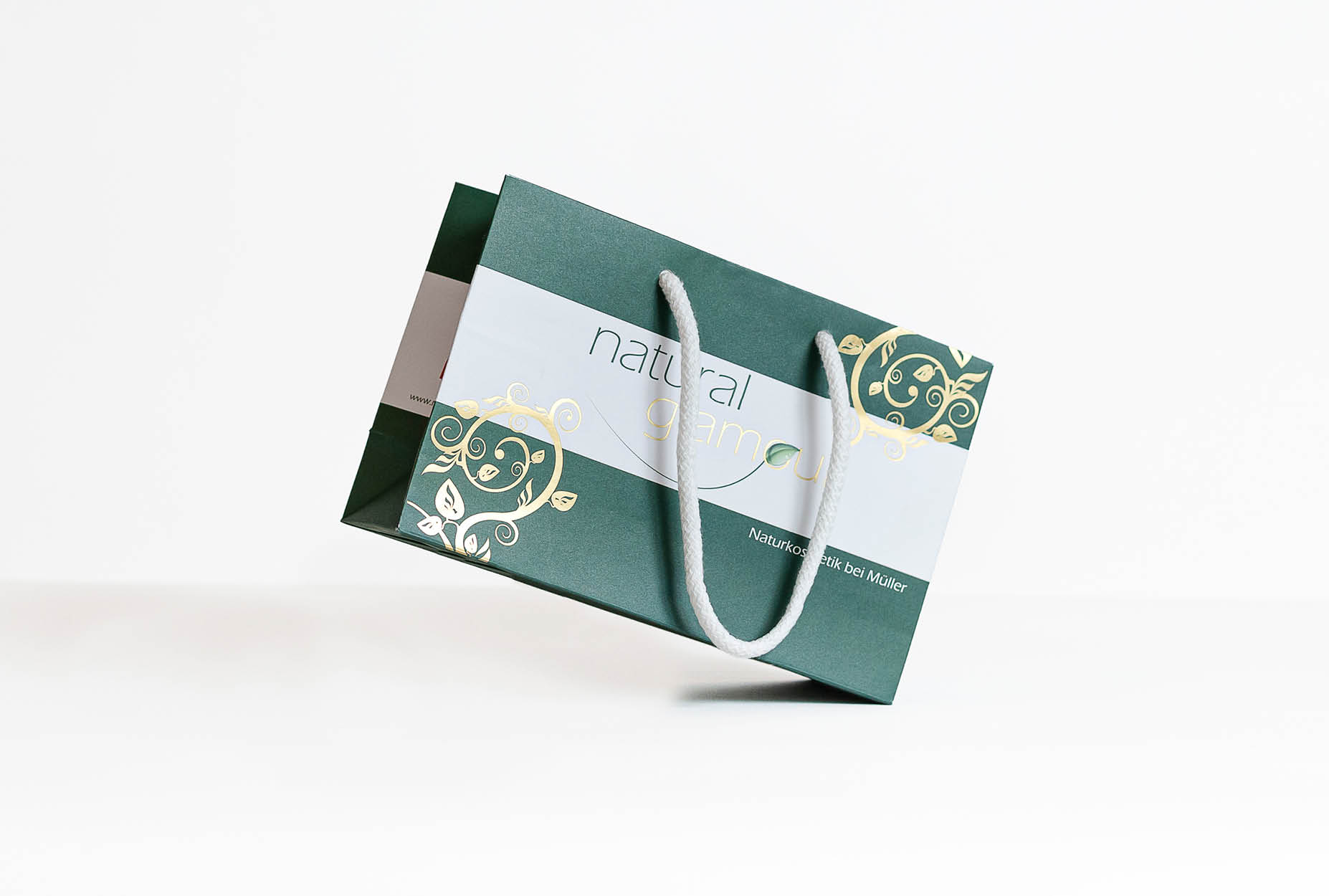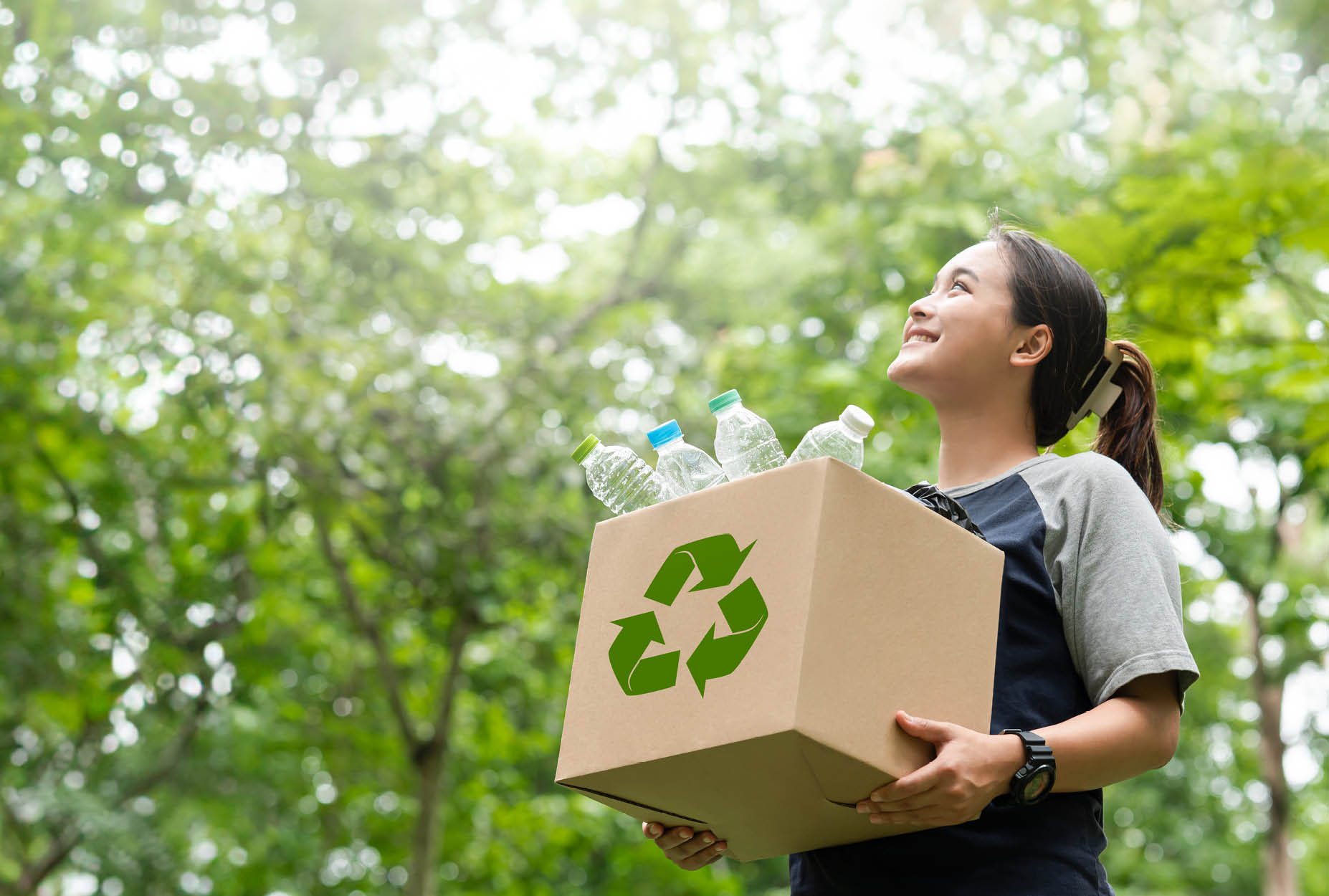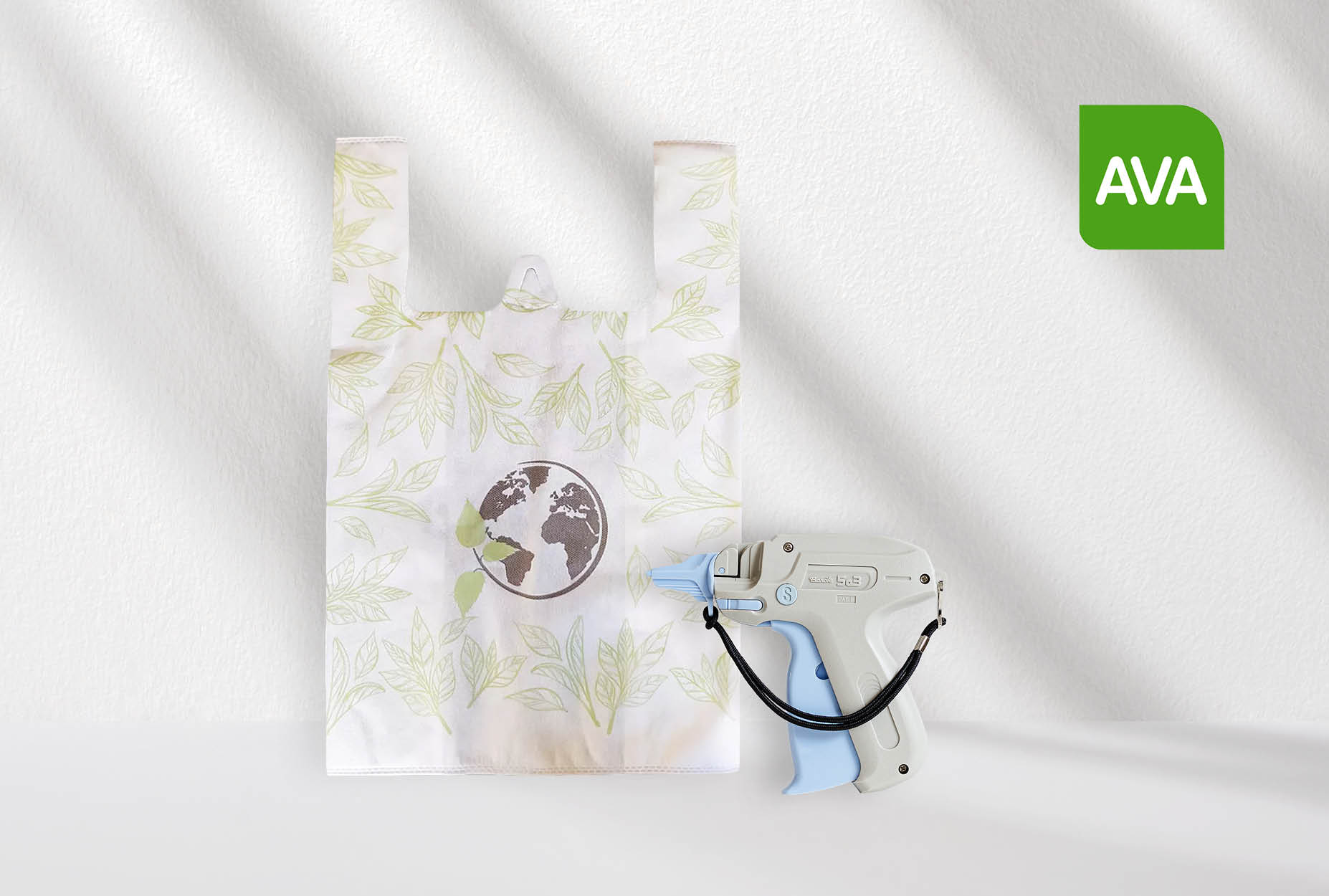Knowledge centre
Guidelines for a sustainable textile sector
Big challenges await
For today's textile companies, it is crucial to take responsibility. More so: ignoring sustainability and circularity can have major consequences for brand reputation. Fortunately, there are already numerous evolutions today that promote sustainability.
The distribution sector is betting on reusable packaging. Recycled materials and bio-based plastics are on the rise and new packaging is being designed with recycling in mind. For online purchases, sustainable packaging is being sought, while in physical shops classic plastic carrier bags are being avoided as much as possible. Yet there is still a long way to go towards a truly sustainable textile sector ...
Four important pillars for sustainability
Sustainability and circularity can be integrated in four areas in a textile company. Although they are separate concerns, they are indeed closely intertwined. For example, sustainable packaging involves much more than using fewer materials. You can use different raw materials, adjust customers’ purchasing and disposal behaviour or approach the packaging process and logistics differently.
1. Raw materials
Everything starts with choosing the right raw materials. What are the options? What is the environmental impact of each raw material? And can the raw material be easily recycled? For workwear, zippers, buttons, any coatings, etc. can make the recycling process more difficult. Don’t forget that many recycled textiles already exist and you can look at possible alternatives. How about clothing made of hemp fibre?
2. Production
There are several ways to make the production process more sustainable. Take a closer look at the prototypes, for instance. Can you work with a zero waste pattern design or partially digitise the samples? Also carry out thorough quality checks: colourfastness, fit, strength of joints, … they all contribute to the quality and lifespan of clothing. Emotional value also plays a role. Those who are attached to a garment, for example a high-quality tailor-made suit, are less likely to discard it.
In effective production, it is important to monitor conditions closely. Are environmental laws respected? Is there no water wastage? Does production run on renewable energy? Local production is naturally easier to monitor in this respect. New production methods such as printing or 3D weaving in small runs are also a sustainable idea.
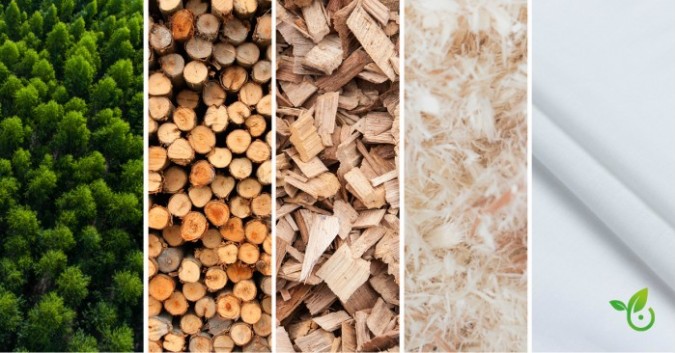
Packaging and transport are also important
3. Packaging
Packaging may not be the first thing you think of when thinking about sustainable textiles, but it can make a big difference. Clothes hangers, packaging bags, adhesive strips, labels … they all have sustainable counterparts which, by the way, are available at Marisan’s.
– Clothes hangers are often discarded after transport. Therefore, ask the question whether hanging transport is really necessary? If so, perhaps the supplier can reuse the hangers or opt for a recyclable alternative, such as cardboard.
– Plastic packaging for individual items is sometimes indispensable, e.g. for long storage. In that case, choose recycled plastics or bio-based or biodegradable plastics from natural sources such as sugar cane or maize.
– Hang tags contain important info about the manufacturer, the material, … but are usually discarded immediately. Recycled alternatives exist for the cardboard label, the plastic attachment can be replaced by hemp, flax or jute.
– Labels and tags with the size, washing instructions, … can be made of organic cotton, but also, for example, of the same material as the garment. There are also options to avoid additional labels and have the info printed into the garment through tampon or screen printing.
4. Transport
Transport is the last pillar where sustainability can be gained. Companies that transport their own products often do so with half-empty trucks. Specialised transport companies can optimise their loads so that a truck never leaves empty. It is also a good idea to look into the possibilities of transport by train, ship, plane, bicycle, …. Synchronous transports are the ultimate goal here: you combine the advantages of all means to transport efficiently and sustainably.
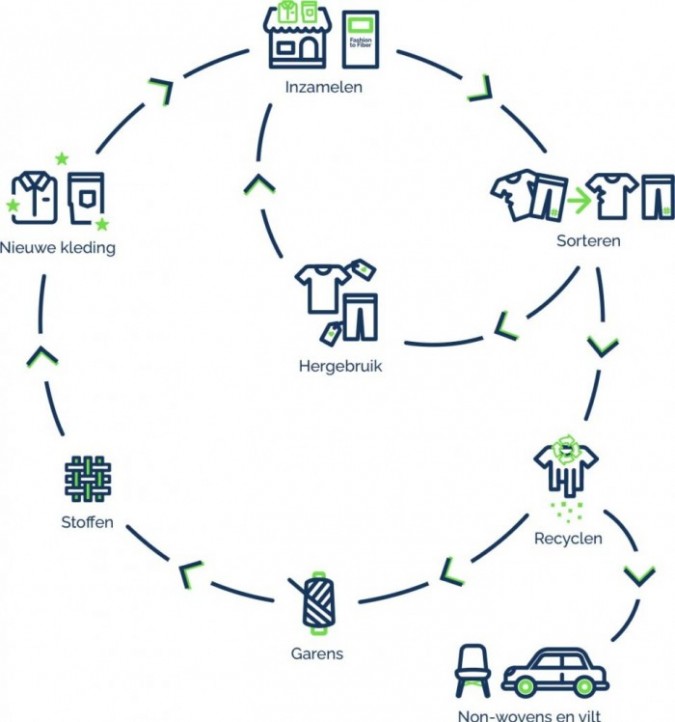
Towards circularity
A circular textile sector is the pinnacle of sustainability. The combination of the above efforts is already a good start, but to make the textile sector fully circular, there are three main areas of focus:
1. Sustainable fibre choices: natural fibres can reduce the impact of fossil raw materials, but the properties are not always equivalent. Therefore, it is important to match fibres to their expected use, lifespan and end-of-cycle processing.
2. More research on microplastics emissions: synthetic clothing contains a lot of microplastics. Much research is needed to see how emissions of those microplastics can be reduced throughout the textile life cycle.
3. Optimise collection and recycling: to avoid using new raw materials again and again, better separate waste collection and high-quality re-use and recycling are crucial. From 01/01/25, separate collection of textile waste will therefore become mandatory in the EU.
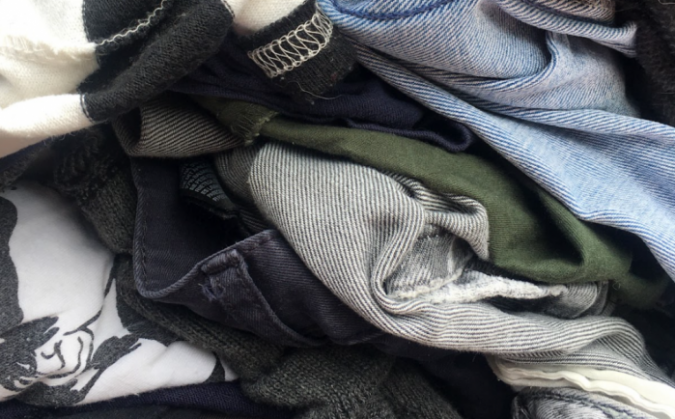
Marisan as a partner in sustainability
From packaging over labels to attachments, sustainability is woven into our entire product range. That is why we like to think together with you about ways to win sustainability and efficiency. Matching the right product with the right raw material, we go for tailor-made solutions time and again!
Some possibilities:
- PCR-based LDPE and Coex bags as transport packaging
- Durable labels and emblems (woven, non-woven, other materials)
- Hang tags, attachments and guns
- Garment bags and totes
- Labelling and warehouse solutions
Sources for this article: KIDV, VITO and ‘Purchase roadmap for circular textiles’ (Hogeschool Gent).
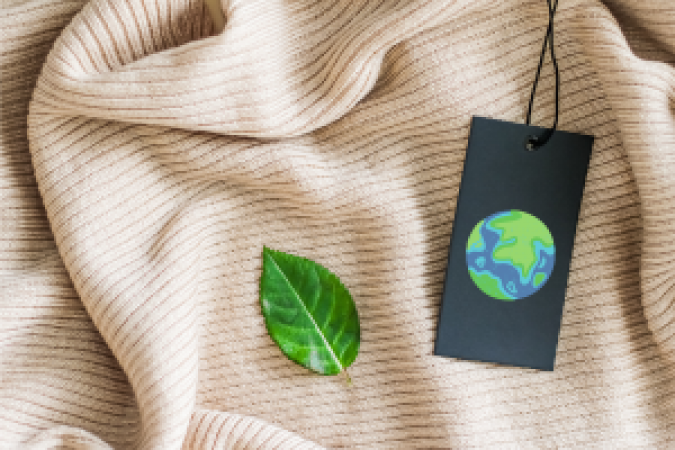
Explore further
Why stone paper carrier bags are a sustainable choice
Blog
Duurzaamheid
NogMeerVerdiepen
More and more companies and consumers are looking for more sustainable alternatives to traditional carrier bags. Stone paper carrier bags offer an excellent solution, not only because of their innovative material, but also because of the ecological benefits they bring.
Read moreManual or machine wrapping: which stretch wrap is right for your company?
Blog
NogMeerVerdiepen
Stretch wrap is essential for the safe and efficient shipping of products. It ensures that your loads remain well protected during transport and prevents damage. But when do you choose manual wrapping and when is a machine solution a better choice?
Read moreMarisan continues the excellent service for Eti-Machine customers
Nieuws
NogMeerVerdiepen
On August 31, 2024, Leo, founder of Eti-Machine, closed the doors of his business after more than 60 years. Leo started his company in 1960 as a pioneer in Belgium in the field of labels on rolls. The company grew into a key player on the market, and f.e. became the principal supplier.
Read moreWhitepaper: Packaging solutions tailored to your medical lab or hospital
Whitepaper
NogMeerVerdiepen
In the medical sector, choosing the right packaging solutions is crucial. Whether it’s laboratories, hospitals or pharmaceutical companies, every application requires packaging and/or labels that meet strict standards and specific needs. Our latest whitepaper provides in-depth insights and practical solutions.
Read moreMarketing on the move: carrier bags with your own logo
Blog
Duurzaamheid
NogMeerVerdiepen
Having carrier bags printed with your own logo is an excellent way to give your brand visibility and offer your customers a practical and stylish solution. At Marisan, we understand the importance of high-quality shopping bags that are not only functional, but also an extension of your brand.
Read moreAmbreus finds labeling solution in Botlr
Case
Succesverhalen
We spoke with Jean-Pierre Decoster and his son Erik from Ambreus about their journey from a small geuze producer to a successful business. They shared their experiences with labeling challenges and how the Botlr labeling machine from Marisan helped them overcome these obstacles.
Read moreHow packaging influences customer experience and brand perception
Blog
Duurzaamheid
NogMeerVerdiepen
In the dynamic world of marketing and branding, packaging plays a crucial role in how consumers perceive and experience a product. At Marisan, experts in innovative packaging solutions, we understand that the right packaging not only catches the customer's attention, but also leaves a lasting impression.
Read moreEcolabels deciphered: the meaning of green symbols on packaging
Blog
Duurzaamheid
NogMeerVerdiepen
In a world where sustainability is becoming increasingly important, green labels and eco-labels play a crucial role in the recognition of environmentally friendly packaging. Whether you are a conscious consumer or a company committed to responsible production, understanding these symbols is essential.
Read moreThrough Marisan in the market, through AVA to the consumer
Case
Duurzaamheid
Succesverhalen
AVA, known for its wide range of catering and retail supplies, has been a loyal partner of Marisan for years. In an interview with Stefan from AVA, we explore the depths of this collaboration, the products offered and the future plans amidst changing market dynamics and legislation.
Read moreWelcome to the new Marisan: renewed, refreshed and ready for the future!
Nieuws
NogMeerVerdiepen
Welcome to the new era of Marisan! Our journey of innovation brings us more than just a visual metamorphosis; it is a complete reinvention of how we present ourselves to the world, both online and offline. Step inside our world where innovation, clarity and customer focus are the cornerstones of everything we do!
Read more

